In this piece, we’ll cover:
- What Is Consumer Behavior?
- Consumer Behaviors That Impact Sales [New Data]
- What Is a Customer Behavior Analysis?
- How to Conduct a Customer Behavior Analysis
- 3 Customer Behavior Analytics Platforms
What Is Consumer Behavior?
Customer behavior refers to an individual's buying habits, including social trends, frequency patterns, and background factors influencing their decision to buy something. Businesses study customer behavior to understand their target audience and create more enticing products and service offers.
Customer behavior doesn’t describe who shops in your stores but how they shop there. It reviews factors like shopping frequency, product preferences, and how your marketing, sales, and service offers are perceived.
Consumer behavior doesn’t merely rely on one aspect. Instead, it is derived from various factors, including psychology, biology, and economics.
For instance, economic factors such as their allocated budget and how they want to leverage the resources within this budget.
Based on my experience in data analysis, here are the factors that most businesses consider.
Factors That Affect Customer Behavior
Personality Traits
A customer's behavior in your store is heavily influenced by their personality, background, and upbringing. Some will be jovial and outgoing, others quiet and collected, and some will fall in between.
Similarly, a customer may like a long product walkthrough and specialized onboarding, whereas other customers may get frustrated with the long product demos.
I’ve found that understanding where your target audience lies in this category is vital to understanding customer behavior.
Psychological Responses
Psychological responses can be challenging to predict, but they play a significant role in customer behavior because someone’s response to a situation is based on perception and attitude, which can change daily.
For example, say I got a promotion, I’m having a celebratory dinner, and my server accidentally spills a glass of water on my shirt. I might be more forgiving in this instance because I’m in a great mood and having a good day. However, if I was just fired from my job, I might be more frustrated with the situation.
Customers can be patient and satisfied one day, but the next, they’re pressing your rep on an urgent issue. Understanding that a customer’s psychological response doesn’t represent who they are as a person can help your team defuse stressful situations and prevent potential churn.
Social Trends
Social trends are external influences that customers listen to, like peer recommendations, societal norms, or fads. Some of these influences can be temporary, but others can affect customers permanently.
I’ve just gone over some examples of factors influencing customer behavior; now, let’s discuss some data-backed examples of consumer behaviors that directly impact customer service.
Consumer Behaviors That Impact Sales [New Data]
I think a great, real-life example of how consumer behaviors impact sales is the ways that different audience segments prefer to discover new products from the businesses they purchase from. The HubSpot Blog’s 2024 Consumer Trends Report asked 700 U.S. consumers about their preferences and the actions they take because of them.
It revealed that social media is the future of commerce. In 2024, Gen Z and Gen X have discovered more products on social media than any other channel.
The following image gives generation-wise data on product discovery on social media:
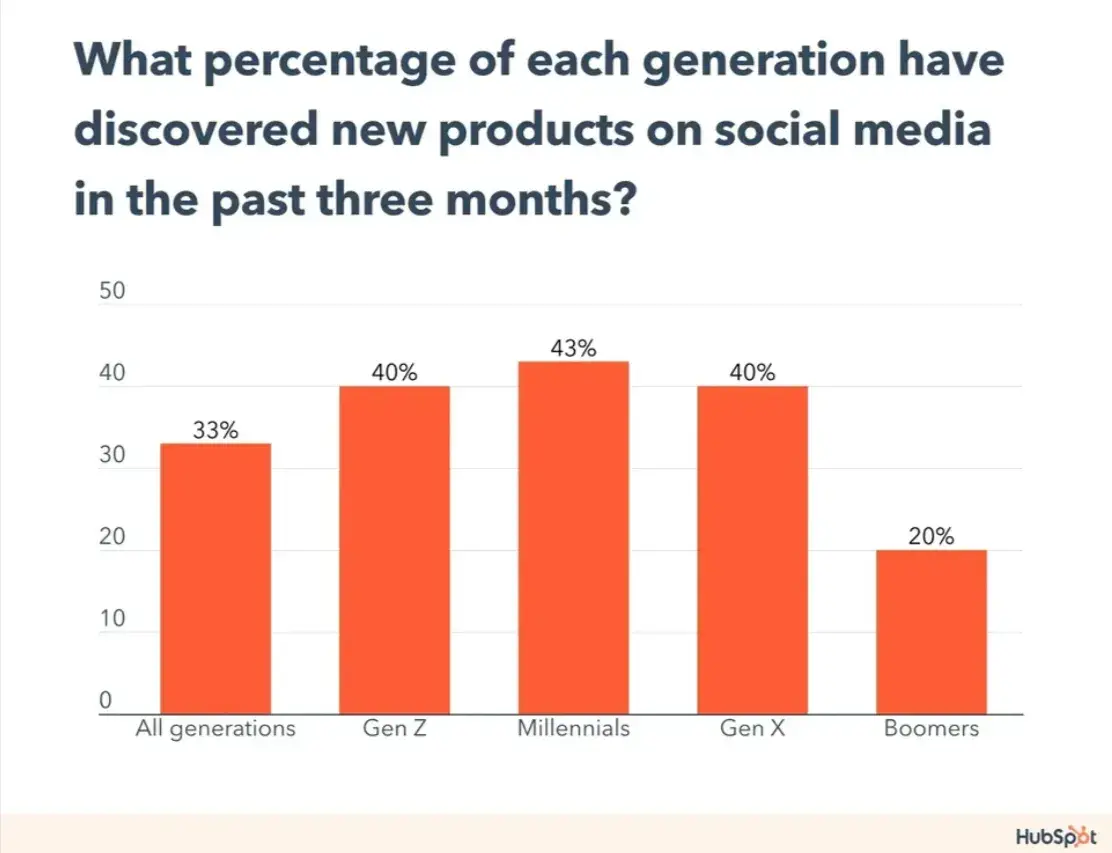
Moreover, 25% of social media users prefer buying on social media this year, with Gen Z and millennials being the most active ones.
Also, 21% of the 700 respondents believe that influencer recommendations have impacted their buying decisions. Despite the number of social media channels, Facebook still remains the most trusted social media platform for the shoppers.
Now that I‘ve outlined customer behavior and how it impacts customer buying habits, let’s learn how to analyze it in the section below.
What Is a Customer Behavior Analysis?
A customer behavior analysis is a qualitative and quantitative observation of how customers interact with your company. You begin by segmenting customers into buyer personas based on their shared interests. Then, observe each group at their respective stage in the customer journey to see how the different personas interact with your company.
I think this analysis is valuable because it gives insight into the variables that influence your audiences and the motives, priorities, and decision-making methods customers consider during their journey. It also helps you understand how customers feel about your company and if that perception aligns with their core values.
Consumer behavior analysis is based on certain frameworks or, say, consumer behavior models, that help create the shopping patterns and how consumers make purchase decisions.
Why is customer behavior analysis important?
I think customer behavior analysis provides an edge to businesses over their competitors since they have granular details about their customers and their buying patterns.
Here are more reasons why I think customer behavior analysis is important for businesses:
Identify Behavioral Patterns
It’s likely that your customers have something in common with one another (which is why they are your customers). By identifying their patterns of behavior, businesses can tap into a large segment of customers with a common trait.
In fact, a Salesforce survey of over 6,000 consumers found that 66% of them expected companies to understand their needs and expectations, and a Redpoint Global survey found that 82% of respondents expect businesses to accommodate their preferences and meet their expectations.
For example, Starbucks’s consumer behavior strategy is rooted in understanding its customers’ personal, cultural, and social backgrounds. This way, Starbucks caters to its customers' needs, such as understanding their local tastes and modifying its offerings accordingly.
Content Personalization
Research by Nojitter suggests that 56% of consumers will become repeat buyers after a personalized shopping experience. Understanding customer behavior helps you create targeted content and craft your product or service better than your competitors.
Again, I find you can use the patterns to segment your customers and create a unique personalized experience for each segment. Collecting customer feedback is yet another successful strategy that most businesses adopt for content personalization.
You might’ve even seen the survey from YouTube at the start of a video. YouTube uses this data to improve its search engine and suggest more personalized content.
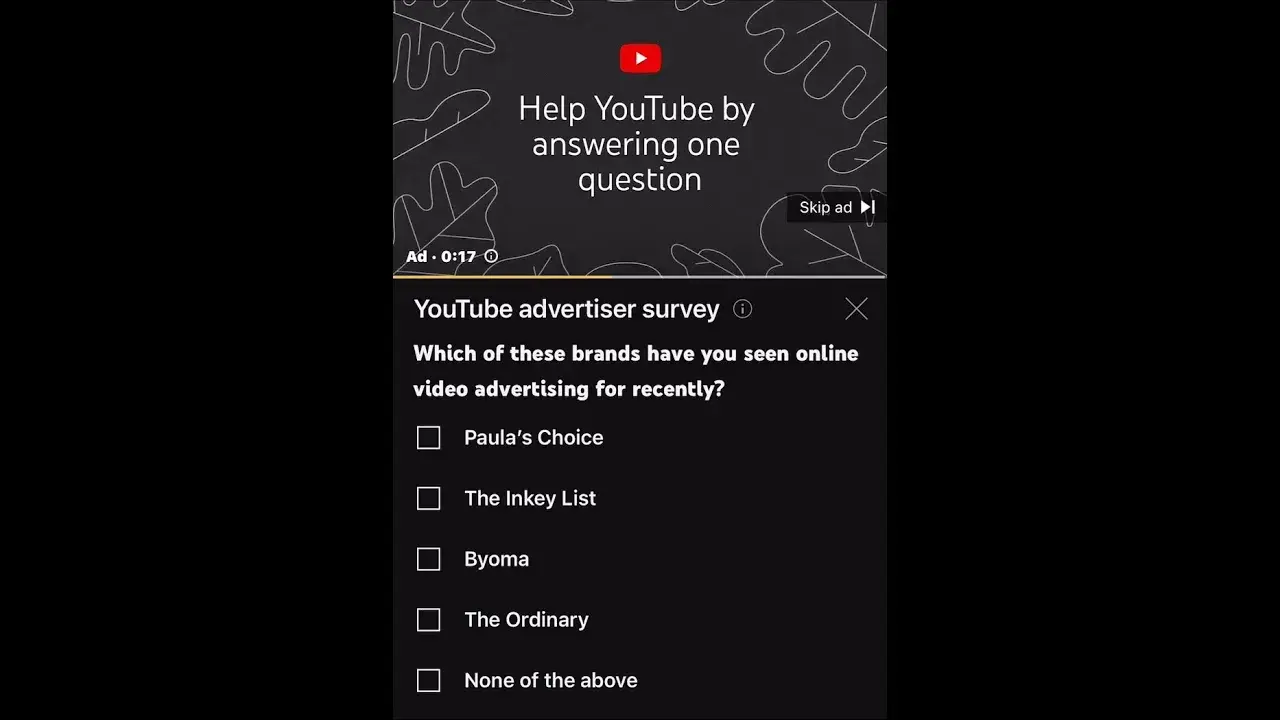
Customer Retention
What keeps your customers coming back? What do they like, and what do they want to improve in your product? Are there any missing features that your existing customers want? Customer behavior analysis gives answers to these questions all at once.
It provides deeper insights into what your customers like and what they don’t. A behavior analysis can help your team reduce this customer churn by identifying good and bad customer traits.
Improve the Buyer’s Journey
The results you obtain from customer behavior analysis can be phenomenal in shaping your customer journey. It helps you identify the optimized experience for customers and how to deliver it.
Optimizing the customer journey means reducing the roadblocks, improving areas of confusion, and enhancing the aspects you already do well. For example, if most of my customers pay using credit cards, I can use this insight and suggest credit cards as the preferred payment method every time customers check out.
Or, say, my customers often buy two products together; bundling them together can reduce their efforts to perform searches and drive more sales.
How to Conduct a Customer Behavior Analysis
1. Segment your audience.
The first step to a customer behavior analysis is segmenting your audience.
Key segmentation models are demographic segmentation (age, gender, etc.), psychographic segmentation (personality, values, etc.), geographic segmentation (country, town, etc.), and other behaviors like frequent actions and product use, preferred media channels, and online shopping habits.
You’ll also want to identify the characteristics of customers that are the most valuable to your business. One way to do this is through an RFM analysis, which outlines how recently a customer has purchased from you and how frequently they purchase from you.
2. Identify the key benefit for each group.
Each customer persona will have a unique reason for choosing your business, and it’s imperative to identify it. I suggest you look beyond the product or service and consider the external factors influencing the customer’s buying decision.
For example, was it a purchase of convenience? Or did they make a conscious decision to seek out your brand? How urgent was the purchase, and how much do they want to spend? I’ve found thinking about the context of customers’ needs is a great way to determine areas to improve the customer experience.
Since qualitative data is crucial to your customer behavior analysis, read about how you can better segment your customer base using customer profiling.
3. Allocate quantitative data.
Some resources may be more accessible than others, and I believe it's important to derive information from both internal and external sources to ensure you get a complete picture of both micro and macro consumer trends.
From within, your company can pull stats such as blog subscription data, social media insights, and product usage reports. Secondary outlets can offer assets like consumer reviews and competitor analytics. Third-party data isn‘t specific to one company but provides general statistics across an entire industry. Through the combination of the three, you’ll have a broad scope of information to work with when analyzing customer behaviors.
4. Compare your quantitative and qualitative data.
After you've collected your data, the next step is to compare the qualitative data against the quantitative.
To do this, go through your customer journey map using the data sets as a reference. Look at which persona bought what product, when they bought it, and where. Did they return for another visit? By comparing the two sets of data against the customer experience, you can develop a detailed understanding of your customer's journey.
Comparing data should help you identify recurring trends. I encourage you to look for common roadblocks that seem to pop up at different lifecycle stages and note any unique behaviors specific to a customer type. Circle back to your high-value customers and flag anything that stands out with their buying behaviors.
5. Apply your analysis to a campaign.
As I discussed earlier, you can use your findings to optimize your content delivery. Pick the best delivery channel for each persona and take advantage of opportunities to personalize the customer experience.
Nurture customers throughout the entire customer journey by responding to roadblocks on time. The insights you've gained from conducting your customer behavior analysis should give you a good idea of where to make updates to your marketing campaigns.
Before rolling out your new initiatives, I suggest you use your analysis to determine what your customers will think about these changes.
Customers are habitual creatures, and some will push back on change, even if it's for the better. These customers tend to be more loyal to your brand, so you must do your best to keep them. Consider different ways to introduce change to these customers, and remember to be receptive to their feedback.
6. Analyze the results.
Once you‘ve given ample time for testing, you’ll probably want to know if your changes worked. Use metrics like conversion rate, acquisition cost, and customer lifetime value to determine the effect of your updated campaigns.
It‘s important to continuously analyze your results as new tech, politics, and events constantly influence customer needs. I find revisiting your analysis frequently ensures you capture new trends in the customer’s journey.
Looking for some help with conducting your analysis? Check out these platforms, which I think are great for analyzing customer behavior.
3 Customer Behavior Analytics Platforms
1. HubSpot

As a former HubSpot support rep, I spent the last year working closely with HubSpot‘s analytics platform. HubSpot’s reports and CRM features provide unique insight on both customer characteristics and engagement activity.
You can use its reporting tools to view web traffic for contacts and build lists based on their engagement history. HubSpot even offers an automatic attribution function that applies characteristics or scoring attributes once a contact completes an action.
Price: Starts free; up to $3,200/month.
2. Alteryx
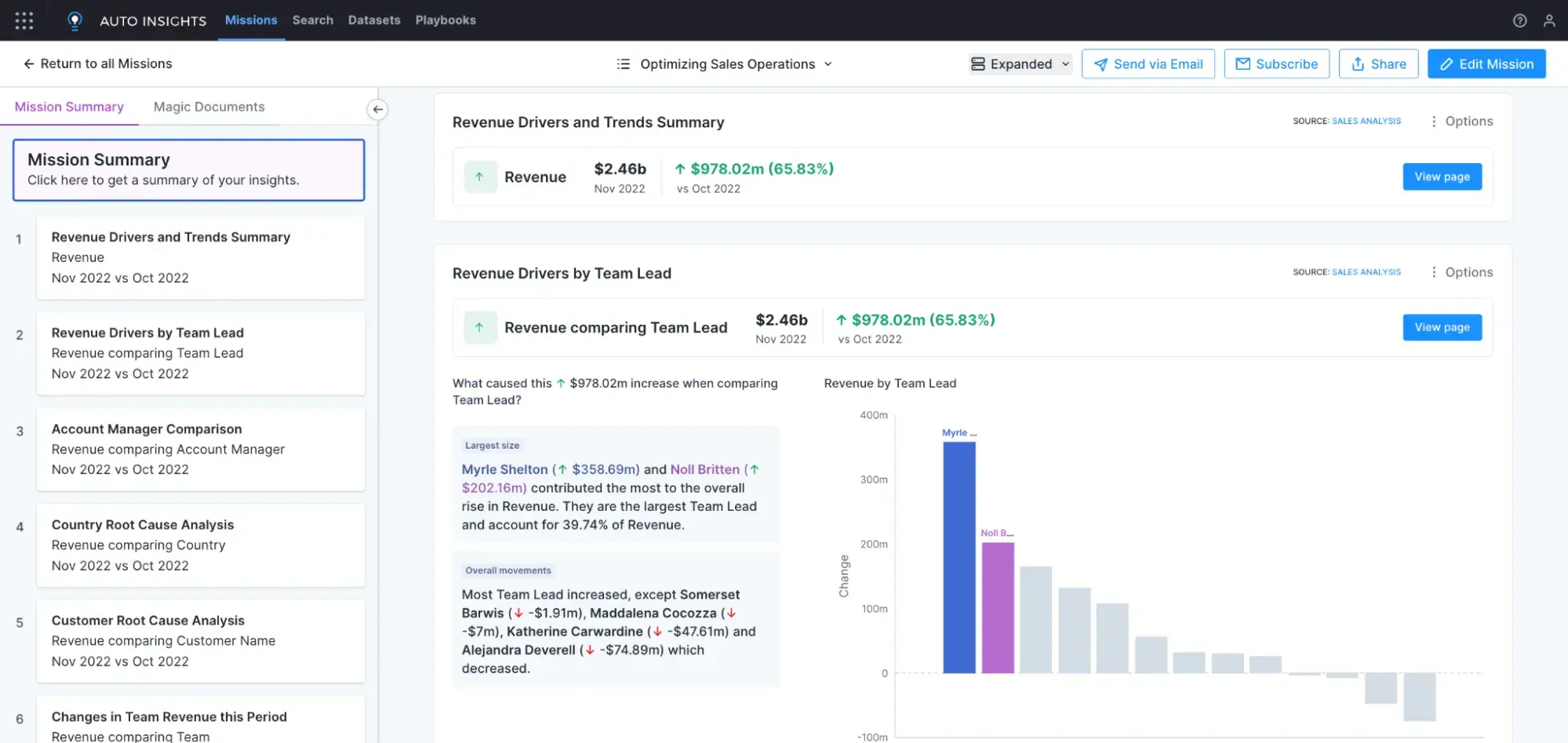
Alteryx’s analytics platform features an in-depth analysis of your customer data powered by insights from AI. The tool creates an automated visual representation to make it easy to identify trends and outliers. It then evaluates the data, and makes predictions and suggestions for where you can improve your customer experience.
Price: Starts free; variable for premium tiers.
3. Opentext Vertica
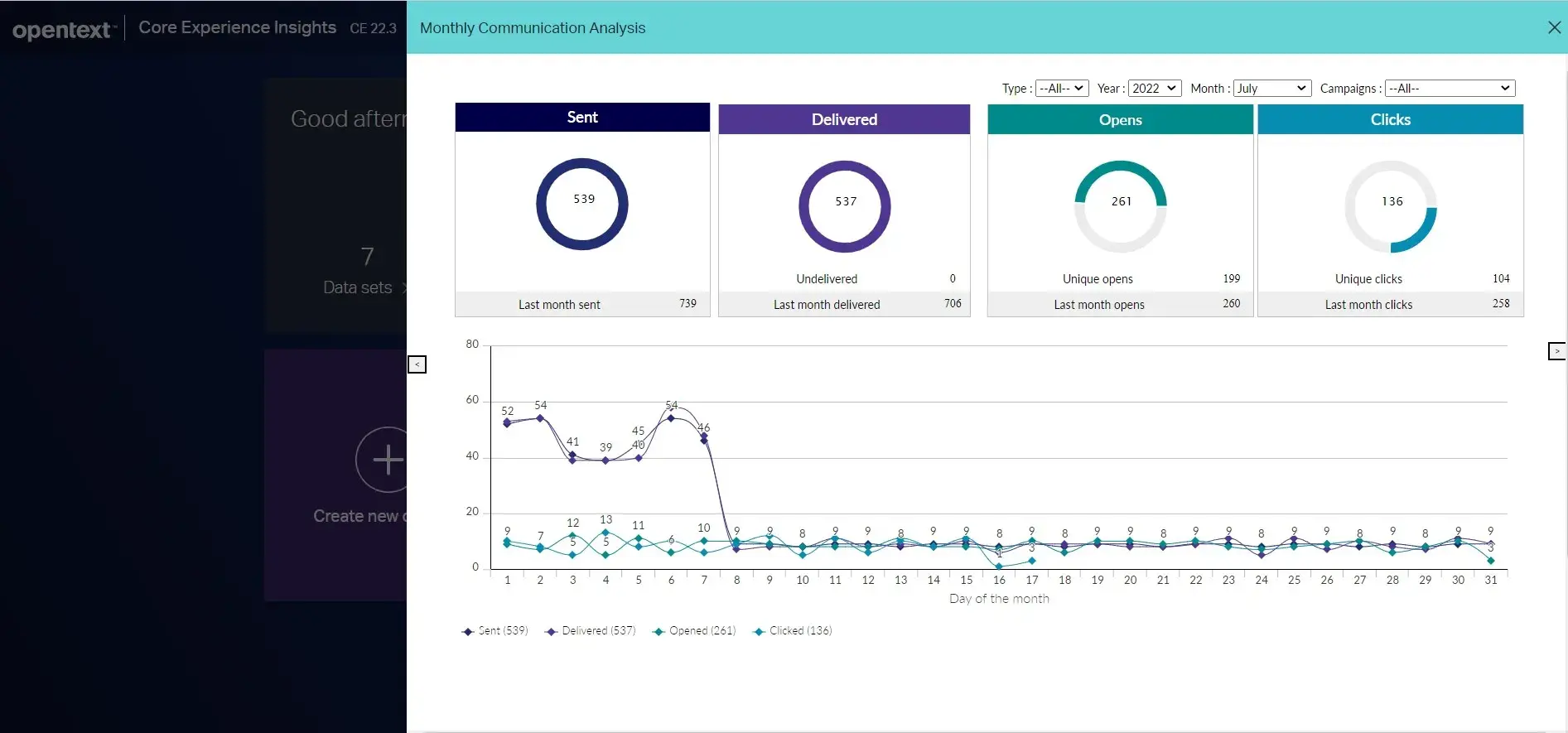
Opentext Vertica is ideal for processing high-volume data requests coming from a range of resources. The tool takes advantage of underused servers in your data center to create a speedy and cost-effective organization of your data. This lets you upload more data on your customers without sacrificing any time. Opentext can also sync to Google and Microsoft cloud servers to ensure all data is stored in one location.
Price: Starts free; variable for premium tiers as reported by G2 Crowd.
Getting Started
With a customer behavior analysis, your business strategy no longer has to be a guessing game. By surveying your customers and analyzing the quantitative and qualitative data you collect, you can be sure to better reach each segment of your audience, meeting their needs in marketing, sales, and service.
My takeaway is that by analyzing customer behaviors you can both better serve your clients and increase the success of your business.
Editor's note: This article was originally published in December 2018 and has since been updated for comprehensiveness.
CDP


.webp)

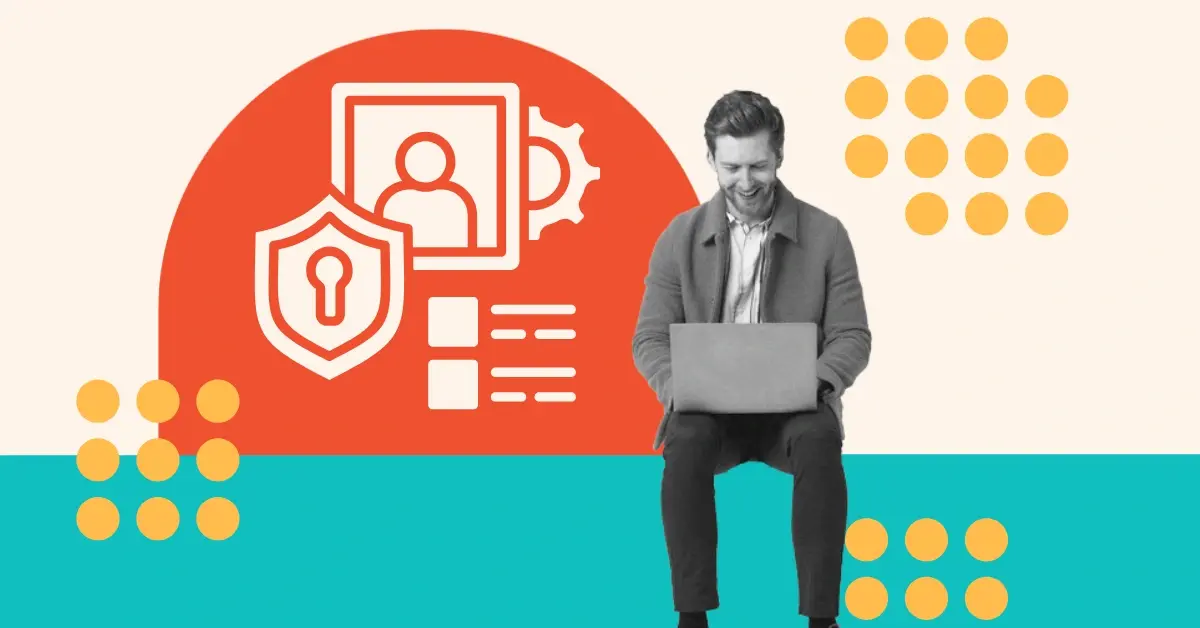
![Customer Data Integration: A Complete Guide [Expert Tips & Examples]](https://53.fs1.hubspotusercontent-na1.net/hubfs/53/customer-data-integration-1-20241218-9529716.webp)
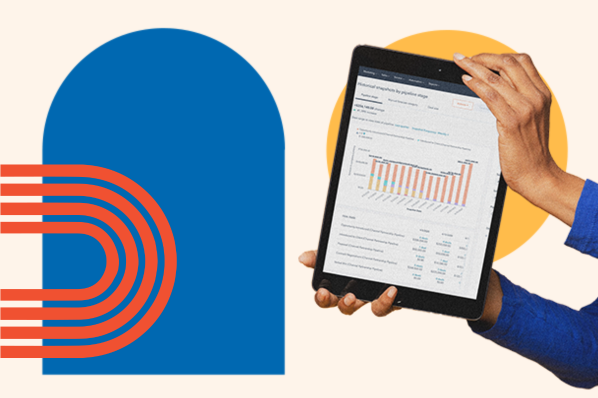




![What Is an Identity Graph? [The Plain-English Guide]](https://53.fs1.hubspotusercontent-na1.net/hubfs/53/identity-graphs.jpg)
